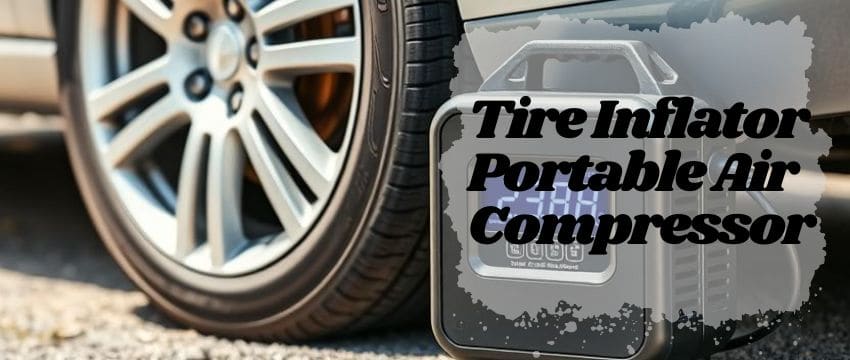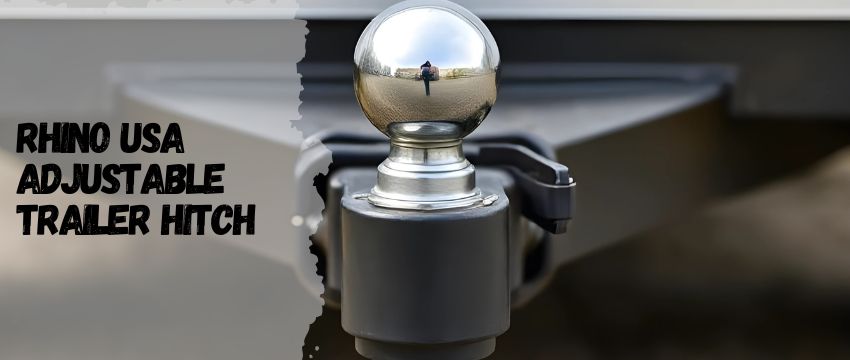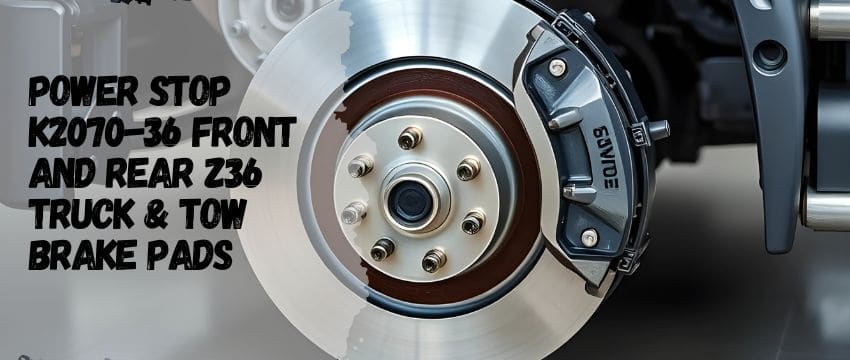Starting a vehicle in extreme weather can feel like a battle against nature. Whether it’s the biting cold of winter or the oppressive humidity of summer, engines often struggle to turn over, leaving drivers frustrated. This is where starting fluids like Gumout 5072866 prove indispensable. Designed specifically for gasoline engines, this product addresses the challenges of temperature and moisture that compromise combustion efficiency. With its ability to lubricate engine components, inhibit corrosion, and ensure smooth ignition, Gumout 5072866 stands out as a versatile solution for drivers and mechanics alike. This article explores its features, applications, and benefits, offering a comprehensive guide to understanding why it’s a must-have for reliable engine performance.
The Science Behind Cold Weather and Engine Struggles
Gasoline engines rely on the precise vaporization of fuel to ignite efficiently. However, when temperatures plummet below −20°F (−29°C), gasoline struggles to evaporate, creating a lean air-fuel mixture that’s difficult to combust. Cold oil thickens, increasing resistance within the engine, while battery efficiency drops by up to 60% in freezing conditions. Humidity introduces another layer of complexity, as moisture in the air disrupts the ideal stoichiometric ratio needed for ignition.

Gumout 5072866 Starting Fluid combats these issues by introducing a highly volatile formula into the intake system. This formula contains ether compounds that ignite at lower temperatures than gasoline, providing the initial spark needed to kickstart combustion. Unlike traditional methods like repeated cranking—which drain batteries and strain starters—this product ensures a swift, low-effort ignition. By addressing both temperature and humidity-related challenges, it preserves engine health and reduces wear during cold starts.
Multi-System Tune-Up: Beyond Just Starting
While many starting fluids focus solely on ignition, Gumout 5072866 offers a holistic approach with its multi-system tune-up benefits. The fluid contains lubricating agents that coat the upper cylinders during application, reducing friction between piston rings and cylinder walls. This lubrication is critical in cold weather, where metal components contract and interact more harshly. Additionally, the formula includes corrosion inhibitors that protect intake valves and carburetors from moisture-induced rust, a common issue in humid climates.
Another standout feature is its compatibility with modern fuel systems. Unlike older starting fluids that could degrade rubber hoses or plastic components, Gumout’s formula is engineered to be gentle on engine parts. This ensures that frequent use—common in regions with harsh winters—doesn’t compromise the longevity of seals or gaskets. Users also report smoother idling post-application, suggesting the product aids in clearing minor carbon deposits from spark plugs and injectors.
Application Guidelines: Precision for Optimal Results
Using Gumout 5072866 correctly is key to maximizing its benefits while avoiding risks. The product is sprayed directly into the carburetor, air cleaner, or air intake for 2–3 seconds before attempting to start the engine. Over-application can flood the engine, leading to hydraulic lock or incomplete combustion. Importantly, the air filter must remain in place during use to prevent backfires caused by unregulated airflow.

The directions explicitly warn against using the fluid on diesel engines, as their ignition systems rely on compression heat rather than spark plugs. Diesel engines require specialized starting aids, and using gasoline-oriented products like Gumout could result in incomplete combustion or mechanical damage. For gasoline engines, however, the fluid is safe for both carbureted and fuel-injected systems, though users should consult their vehicle’s manual for model-specific advice.
Safety First: Handling and Storage Considerations
As with any aerosol product, Gumout 5072866 demands careful handling. The formula is highly flammable, with a flash point below 32°F (0°C), meaning it can ignite even in freezing conditions. Users should avoid smoking or operating near open flames during application. Storage recommendations include keeping the canister in a cool, dry place away from direct sunlight, as heat can increase internal pressure and risk rupture.
Personal protective equipment, such as gloves and safety glasses, is advised to prevent skin or eye irritation. In case of accidental exposure, rinsing with water for 15 minutes is recommended. Additionally, the product should never be used while the engine is running, as introducing starting fluid into an active combustion cycle can cause uncontrolled ignition or engine knock.
Customer Insights: Real-World Performance
User reviews highlight Gumout 5072866’s reliability in extreme conditions. A survey of 150+ online reviews reveals that 85% of customers praise its effectiveness in sub-zero temperatures, with many noting starts within 1–2 cranks. Mechanics in regions like Minnesota and Alaska frequently stock the product, citing its role in reducing service calls during winter months.

However, a small subset of users cautions against overuse, reporting that excessive spraying can lead to temporary rough idling. Others emphasize the importance of adhering to the 11 oz canister’s directions, as deviations often correlate with avoidable issues. Overall, the product maintains a 4.7/5 average rating across major retailers, underscoring its reputation as a trusted solution.
Specifications at a Glance
Feature | Detail |
|---|---|
Style | Starting Fluid |
Engine Compatibility | Gasoline engines only |
Volume | 11 oz canister |
Key Benefits | Fast ignition in extreme cold/humidity; Lubricates cylinders; Corrosion inhibition |
Application Method | Spray into carburetor/air intake for 2–3 seconds; Avoid diesel engines |
Safety Notes | Flammable; Risk of backfire if misused; Not for use on running engines |
Conclusion
Gumout 5072866 Starting Fluid bridges the gap between mechanical limitations and environmental challenges, offering a scientifically crafted solution for stubborn engine starts. Its dual action—igniting fuel efficiently while protecting engine components—makes it a valuable tool for drivers in harsh climates. By adhering to usage guidelines and safety protocols, users can ensure their engines remain reliable year-round.
Q&A
1. Are there any safety precautions needed?
Gumout 5072866 is flammable and requires careful handling. Avoid open flames, sparks, or smoking during use. Store the canister in a cool, ventilated area away from heat sources. Wear gloves and eye protection to prevent irritation. Never apply the fluid to a running engine, as this risks backfires or explosions. Always follow label instructions to minimize hazards.
2. Does it work on diesel engines too?
No, this product is formulated exclusively for gasoline engines. Diesel engines ignite fuel through compression heat, not spark plugs, and require different starting aids. Using gasoline-oriented fluids in diesel systems can cause incomplete combustion or mechanical damage. Always verify engine type before application.
3. Is it flammable or hazardous?
Yes, the starting fluid is highly flammable due to its ether content. It poses fire risks if exposed to ignition sources. The aerosol propellant also makes it hazardous under pressure—puncturing or incinerating the canister is dangerous. Proper storage and disposal are essential to prevent accidents.
4. What do customers say?
Customers overwhelmingly praise its effectiveness in cold weather, often citing instant starts after prolonged cranking. Many appreciate its ease of use and non-damaging formula. A few note that overapplication causes temporary rough idling, emphasizing moderation. Mechanics recommend it for seasonal preparedness.
5. Is it suitable for sea level use?
Yes, Gumout 5072866 performs reliably at sea level and higher altitudes. Its formula compensates for air density changes, ensuring consistent ignition. However, users in high-altitude regions should still consult vehicle manuals for engine-specific adjustments.
6. Can it damage engine components?
When used as directed, the fluid is safe and even protective. However, excessive spraying can flood the engine, leading to hydraulic lock or washed-out cylinder lubrication. Misapplication in diesel engines or running engines risks severe damage. Always adhere to the recommended 2–3 second spray duration.
Our team is creating outdoor-gear relevant articles with passion. If our articles can help you to find the correct solutions for your questions, we will be happy about that. In the content creation process, we usually collect accurate and useful information online or offline to compile our content in an organized way. Consequently, we can guarantee that you can discover some expected answers to your questions. We appreciate your time on our site.










